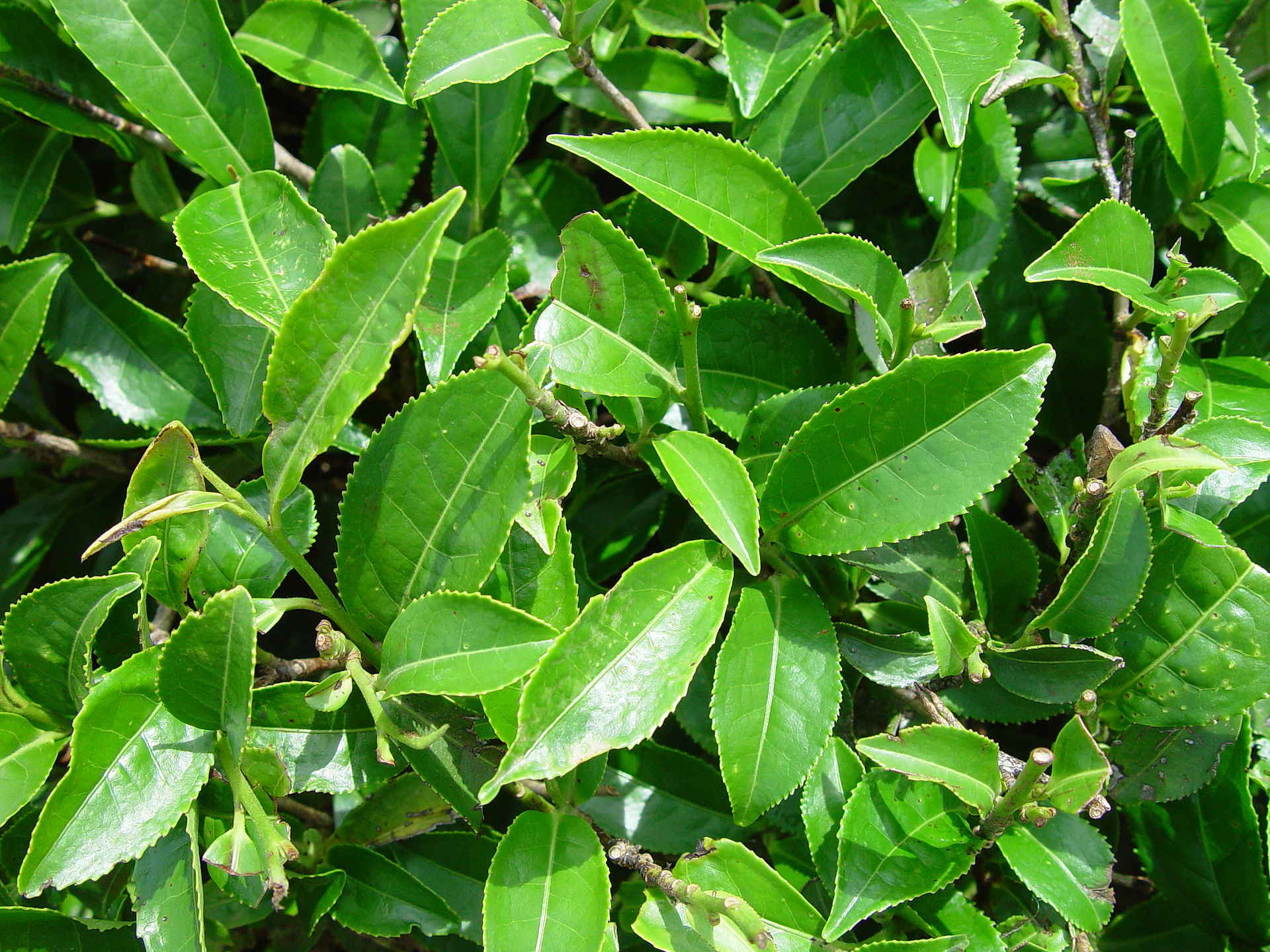| note♩: green tea composed_by: morpheus |
|
| -this is a public scroll: anyone can see this scroll- |
vote up | down | |
|
Green tea - Wikipedia
Green tea is a type of tea that is made from Camellia sinensis leaves and buds that have not undergone the same withering and oxidation process used to make oolong teas and black teas.[1] Green tea originated in China, but its production and manufacture has spread to many other countries in Asia.
Several varieties of green tea exist, which differ substantially based on the variety of C. sinensis used, growing conditions, horticultural methods, production processing, and time of harvest. Although the... {open}
https://en.wikipedia.org/wiki/Green_tea |
|
vote up | down | |
|
Camellia sinensis - Wikipedia
Camellia sinensis is a species of evergreen shrub or small tree whose leaves and leaf buds are used to produce tea. It is of the genus Camellia (Chinese: 茶花; pinyin: cháhuā, literally: "tea flower") of flowering plants in the family Theaceae. Common names include "tea plant", "tea shrub", and "tea tree" (not to be confused with Melaleuca alternifolia, the source of tea tree oil, or Leptospermum scoparium, the New Zealand tea tree).
C. sinensis var. sinensis and C. s. var. assamica are two major va... {open}
https://en.wikipedia.org/wiki/Camellia_sinensis |
☰
Green tea - Wikipedia
by: morpheus

Green
tea
is
a
type
of
tea
that
is
made
from
Camellia
sinensis
leaves
and
buds
that
have
not
undergone
the
same
withering
and
oxidation
process
used
to
make
oolong
teas
and
black
teas.[1]
Green
tea
originated
in
China,
but
its
production
and
manufacture
has
spread
to
many
other
countries
in
Asia.
Several
varieties
of
green
tea
exist,
which
differ
substantially
based
on
the
variety
of
C.
sinensis
used,
growing
conditions,
horticultural
methods,
production
processing,
and
time
of
harvest.
Although
there
has
been
considerable
research
on
the
possible
health
effects
of
consuming
green
tea
regularly,
there
is
little
evidence
that
drinking
green
tea
has
any
effects
on
health.[2]
Tea
consumption
has
its
legendary
origins
in
China
during
the
reign
of
Emperor
Shennong.[3]
-from, https://en.wikipedia.org/wiki/Green_tea
-from, https://en.wikipedia.org/wiki/Green_tea
☰
Matcha - Wikipedia
by: morpheus

Matcha (抹茶, Japanese: [mat.tɕa], English /ˈmætʃə/[1] or /ˈmɑːtʃə/[i]) is finely ground powder of specially grown and processed green tea leaves. It is special in two aspects of farming and processing; the green tea plants for matcha are shade-grown for three to four weeks before harvest, and the stems and veins are removed during processing.
During shaded growth, the plant Camellia sinensis produces more theanine and caffeine. The powdered form of matcha is consumed differently from tea leaves or tea bags, and is suspended in a liquid, typically water or milk.
The traditional Japanese tea ceremony centers on the preparation, serving, and drinking of matcha as hot tea, and embodies a meditative spiritual style. In modern times, matcha has also come to be used to flavor and dye foods such as mochi and soba noodles, green tea ice cream, matcha lattes, and a variety of Japanese wagashi confectionery.
Matcha used in ceremonies is referred to as ceremonial-grade, meaning that the powder is of a high enough quality to be used in the tea ceremony. Lower-quality matcha is referred to as culinary-grade, but no standard industry definition or requirements exist for either.
-from, https://en.wikipedia.org/wiki/Matcha
+ add a new chapter to this note +